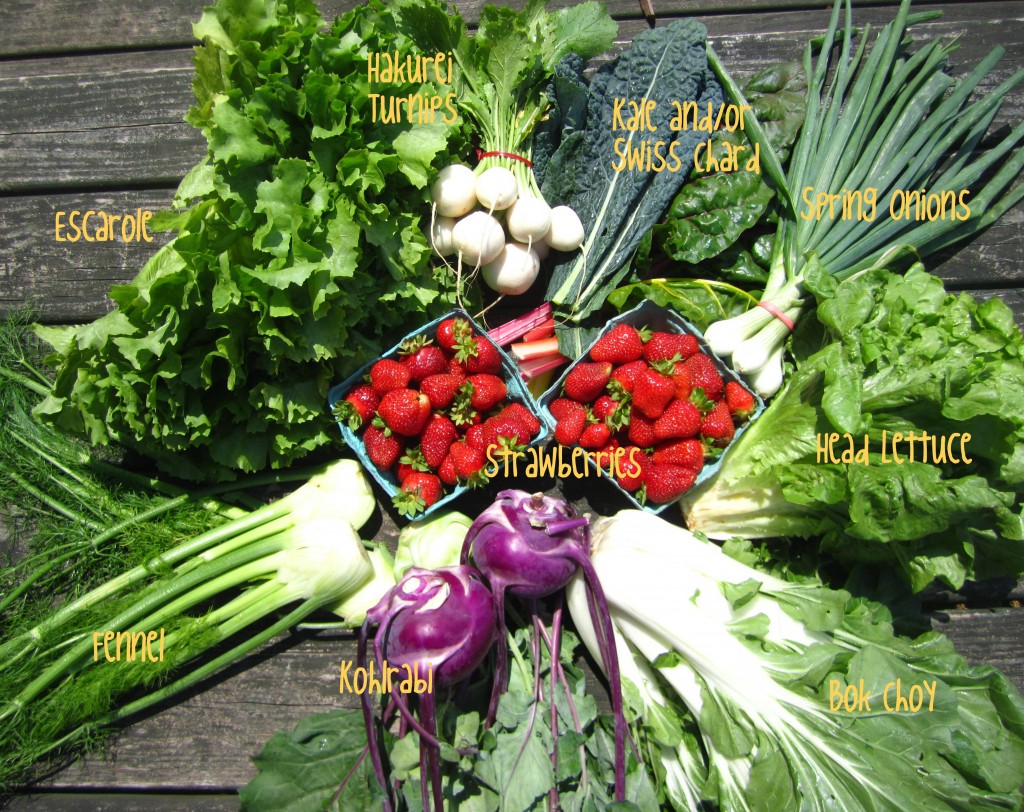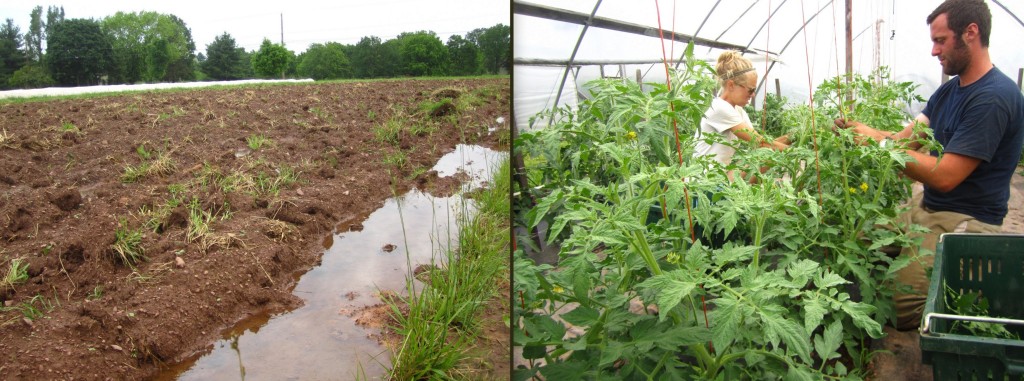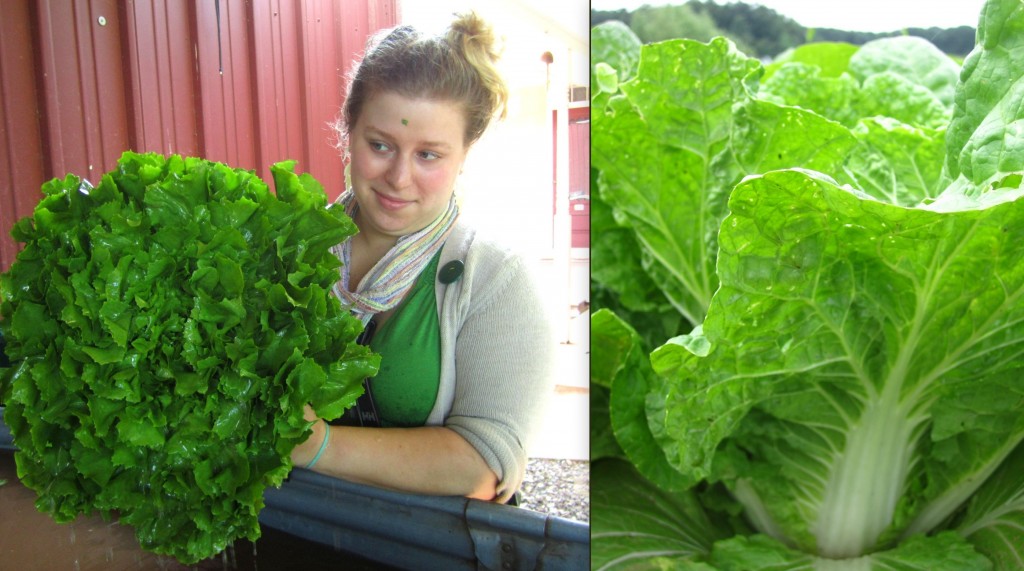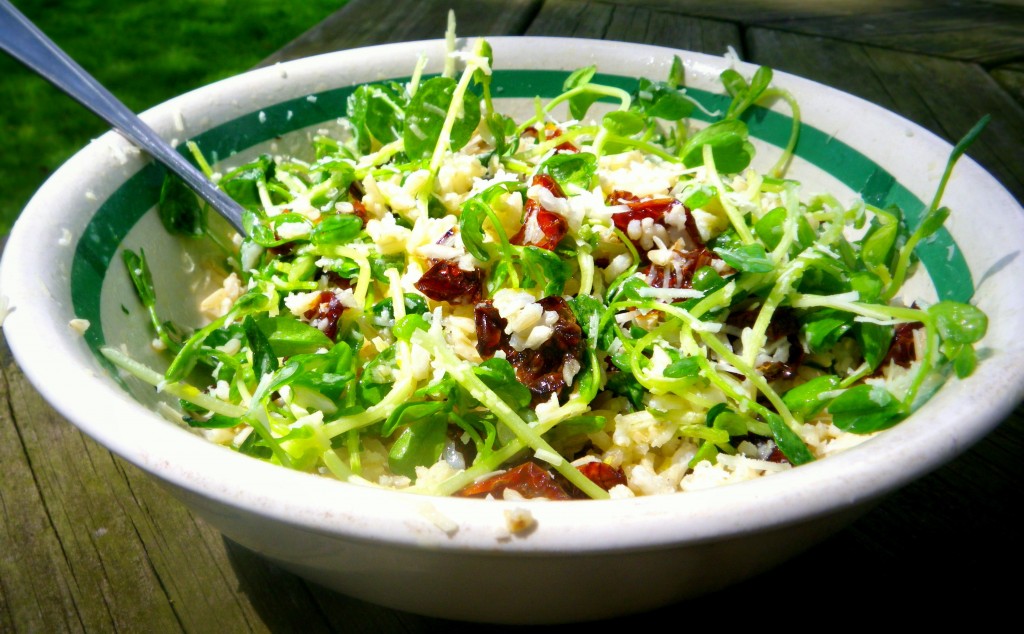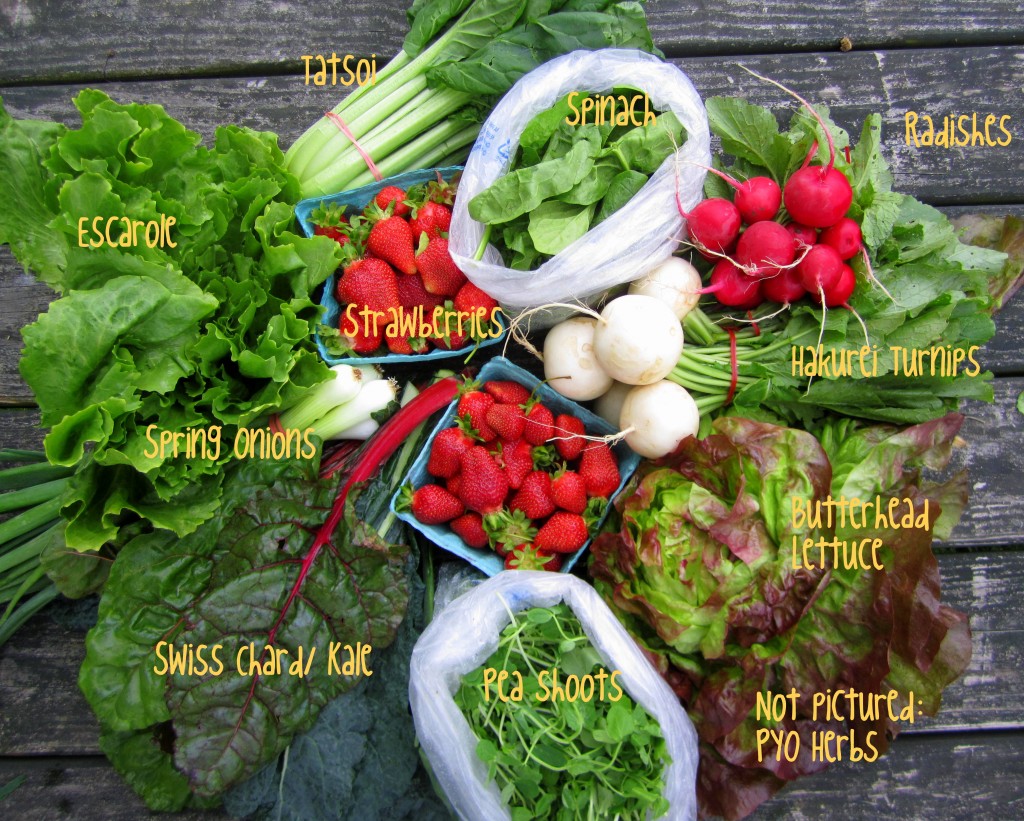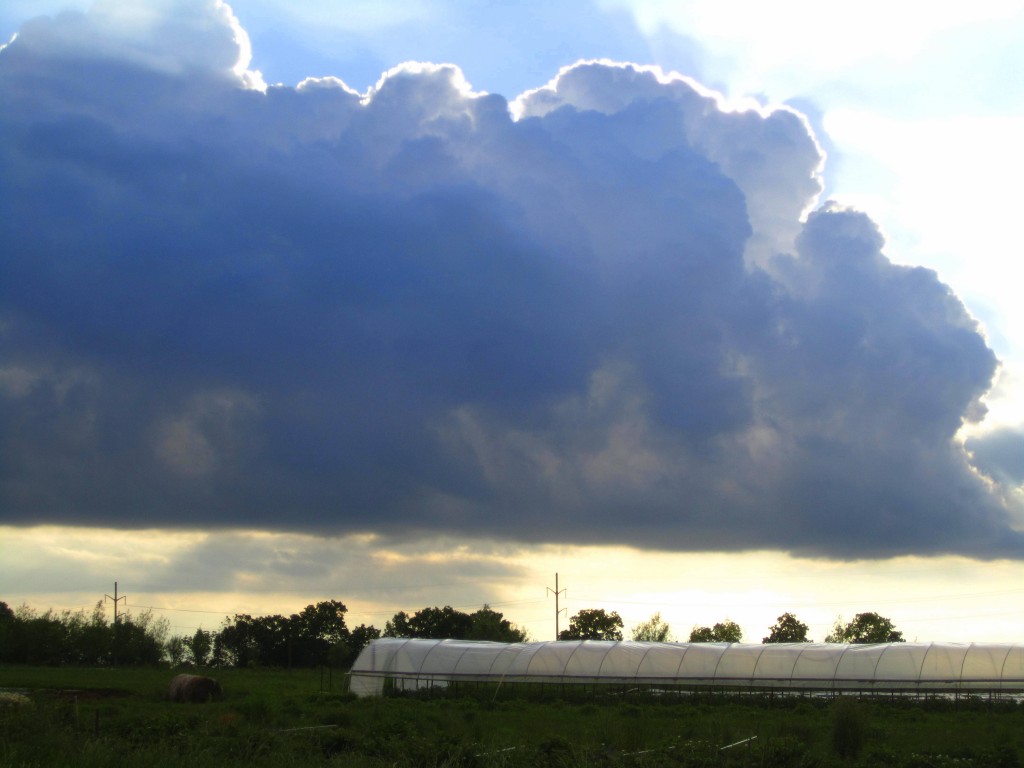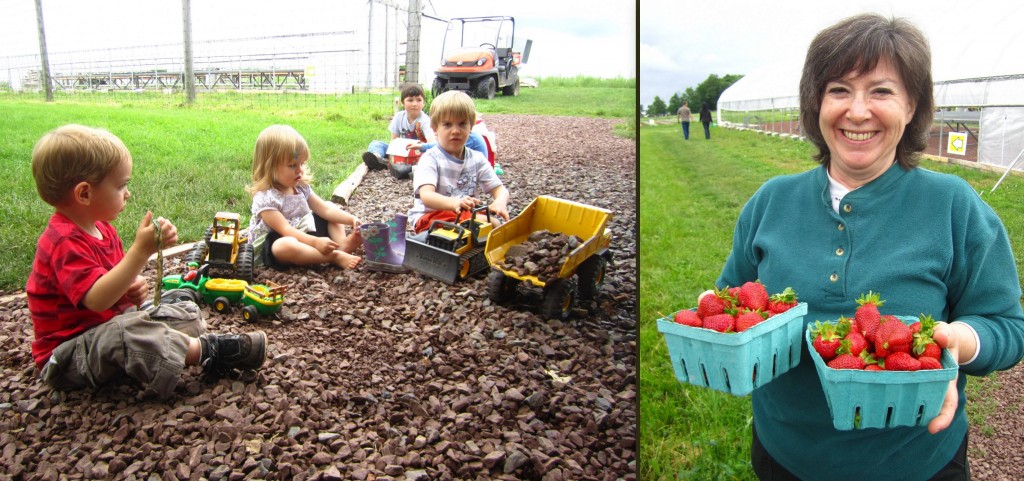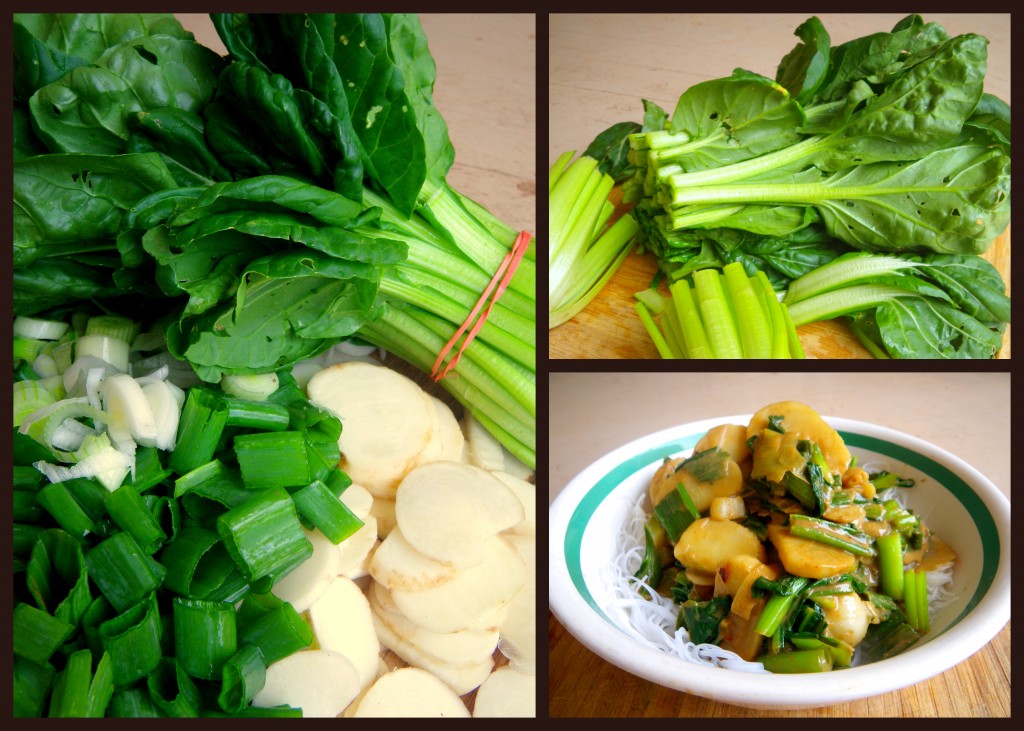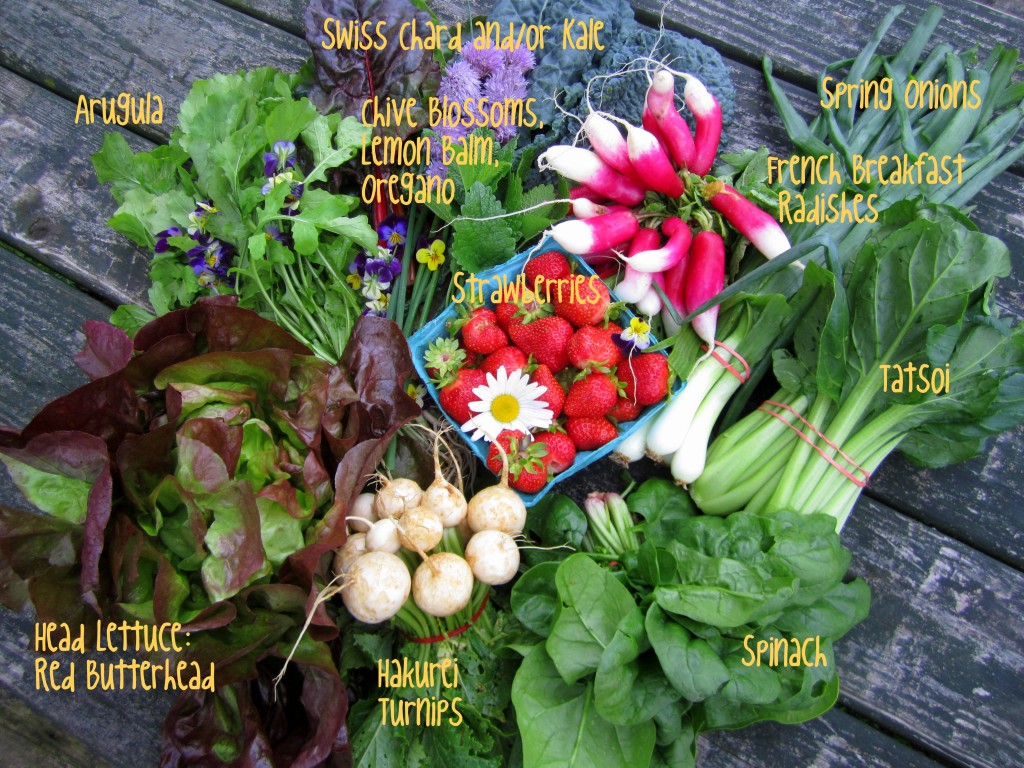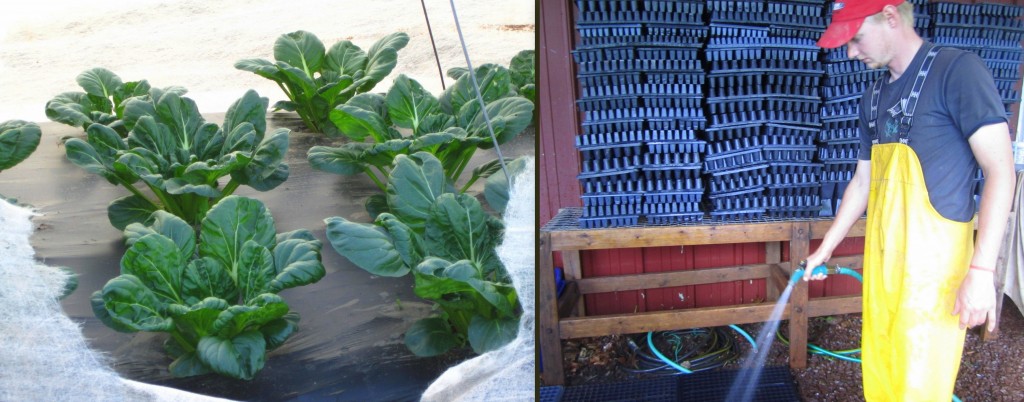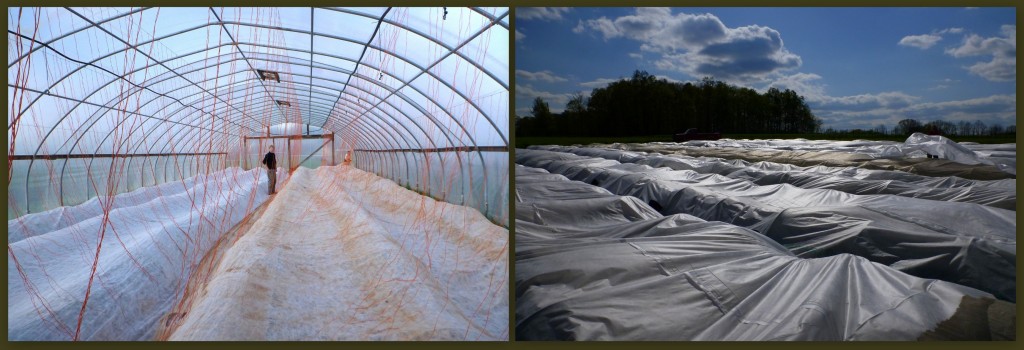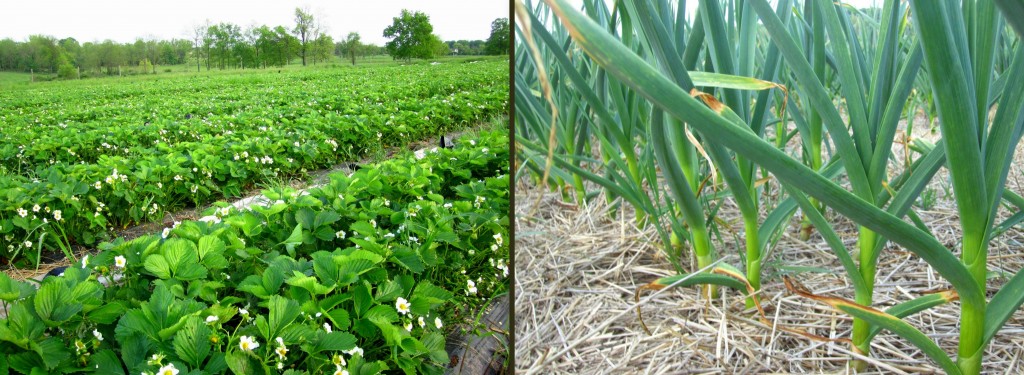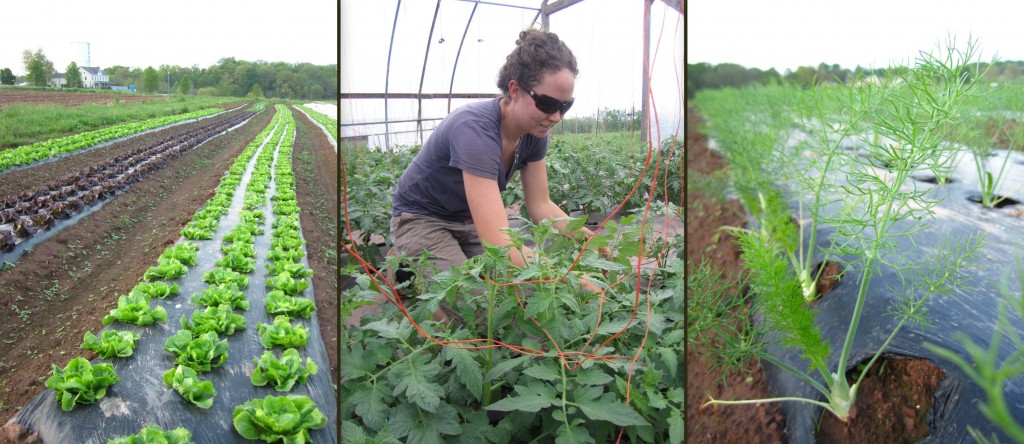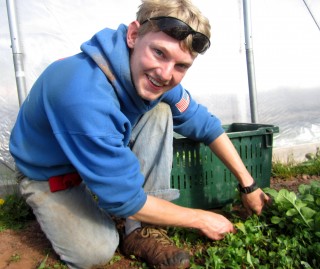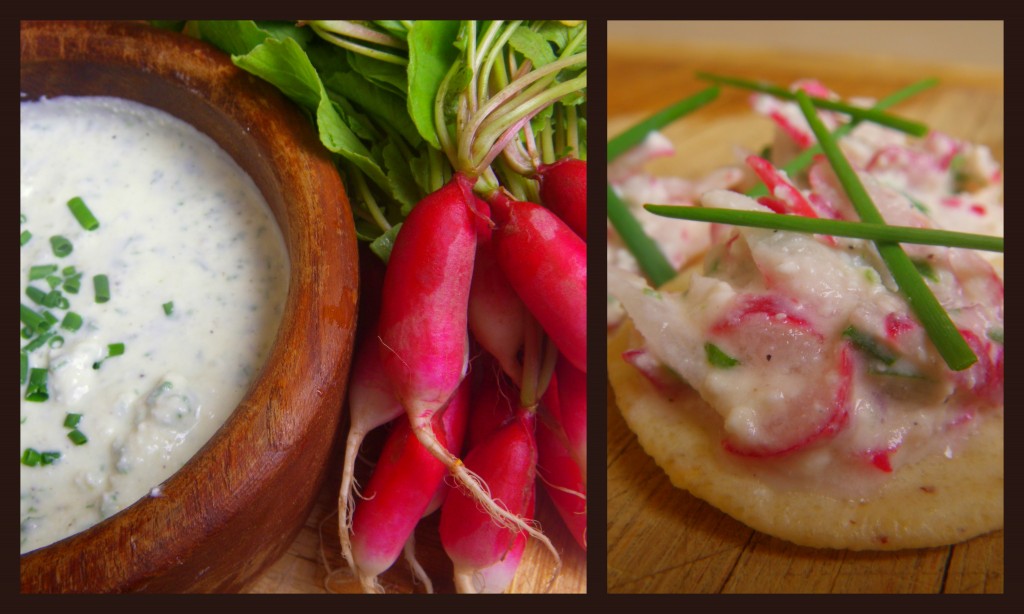Posted at 14:09h
in
Classes
by bloomingglenfarm
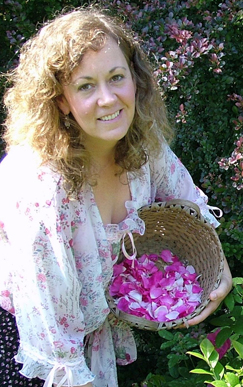 We are delighted that herbalist Susan Hess of Farm at Coventry is returning to Blooming Glen Farm this season. From May to October she will teach a wonderful variety of herbal classes, as well as her very popular cheese-making class.
We are delighted that herbalist Susan Hess of Farm at Coventry is returning to Blooming Glen Farm this season. From May to October she will teach a wonderful variety of herbal classes, as well as her very popular cheese-making class.
Susan Hess is a therapeutic herbalist, educator and proprietress of Farm at Coventry’s handcrafted herbal product line since 1997. Susan teaches a 9-month course at her homestead in Chester County, entitled “Homestead Herbalism”, now in its tenth season.
Below you will find the class descriptions and dates for the classes that Susan Hess will be holding at Blooming Glen Farm this season. This is a wonderful opportunity to learn from a master herbalist. You will be surprised at the many things that you can easily integrate into your own life, from first aid to wellness remedies, using both cultivated and wild herbs. You may sign up for as little as one class, or all seven, it’s up to you! (**If you do decide to sign up for all seven of the classes, one class will be free of charge!) Pre-registration (with payment) is required. To register, please click here. Registration is through Susan’s website: FarmatCoventry.com.
Dreaming the Herbal Garden: Make your dreams of an herb garden a reality this year! Organizing a plan on paper; site preparation; seeds or transplants?; friends and invaders of the herb garden; container gardening; companion planting and more! Plenty of handouts and inspiration for following your herbal dreams! Wed. May 23, 6pm. Cost: $30
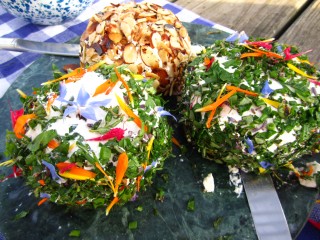 Soft Cheesemaking: It’s easy to make soft cheeses using farm fresh cow or goat milk and culture! Unlike cheeses that need to be aged and carefully tended for months, fresh cheeses are ready to eat within a day and can be easily incorporated into any kitchen routine using basic kitchen equipment. Susan will demonstrate the simple step-by-step processes of making a soft cheese such as Chevre or Fromage Blanc and at the end of class we will sample a variety of cheeses. Instructional handouts, a resource list and one packet of culture is included in the cost of the class. Additional supplies will be available for purchase. Register early…this class has been wildly popular! Wed. June 27, 6pm. Cost: $30
Soft Cheesemaking: It’s easy to make soft cheeses using farm fresh cow or goat milk and culture! Unlike cheeses that need to be aged and carefully tended for months, fresh cheeses are ready to eat within a day and can be easily incorporated into any kitchen routine using basic kitchen equipment. Susan will demonstrate the simple step-by-step processes of making a soft cheese such as Chevre or Fromage Blanc and at the end of class we will sample a variety of cheeses. Instructional handouts, a resource list and one packet of culture is included in the cost of the class. Additional supplies will be available for purchase. Register early…this class has been wildly popular! Wed. June 27, 6pm. Cost: $30
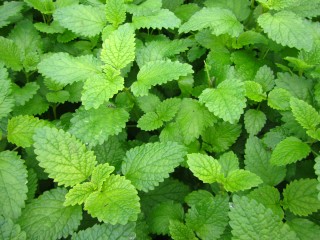 Your Natural Medicine Cabinet: Keep your family healthy and comfortable the natural way! Discussion of gathering supplies for a natural medicine cabinet and first aid kit, quick home remedies using common kitchen ingredients and relief for stings, burns, tummy troubles, etc. As always, abundant handouts will be provided. Wed. July 11, 6pm. Cost: $30
Your Natural Medicine Cabinet: Keep your family healthy and comfortable the natural way! Discussion of gathering supplies for a natural medicine cabinet and first aid kit, quick home remedies using common kitchen ingredients and relief for stings, burns, tummy troubles, etc. As always, abundant handouts will be provided. Wed. July 11, 6pm. Cost: $30
Art and Craft of Topical Remedies: Understanding that the skin is the largest organ system in the body helps us to utilize herbs in ways that don’t always require ingesting them! This presentation will specifically focus on the craft of topical applications: from green plant poultices to warm tea compresses, plasters, liniments and more. Demonstrations accompanied by plenty of handouts. Wed. July 25, 6pm. Cost: $30
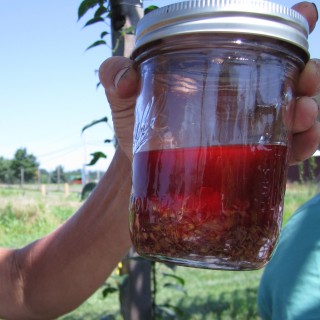 Infused Oils and Salve Making: Learn the time-tested secrets to making beautiful, consistently concentrated herb infused oils for creating your own homemade salves, massage oils and liniments. Susan will discuss the step by step process of making great herb infused oils and utilizing a wide variety of herbs. We’ll finish by making simple salves with the class. Participants will receive take home goodies and handouts. Additional supplies will be available for purchase to make your own at home! Wed. August 22, 6pm. Cost: $30
Infused Oils and Salve Making: Learn the time-tested secrets to making beautiful, consistently concentrated herb infused oils for creating your own homemade salves, massage oils and liniments. Susan will discuss the step by step process of making great herb infused oils and utilizing a wide variety of herbs. We’ll finish by making simple salves with the class. Participants will receive take home goodies and handouts. Additional supplies will be available for purchase to make your own at home! Wed. August 22, 6pm. Cost: $30
Preserving the Herbal Harvest: Join lively discussion and hands-on demonstrations of the many techniques for preserving the herbal harvest. Topics will include: proper harvesting techniques, proper drying and storage methods and basics of making vinegars, syrups, pestos, etc. Know what supplies to have on hand before you are blessed with baskets and buckets of your favorite flowers, berries and herbs. Abundant handouts, recipes and take home goodies will be provided. Roll up your sleeves…we’re going to work this one! Wed. Sept. 12, 6pm. Cost: $30
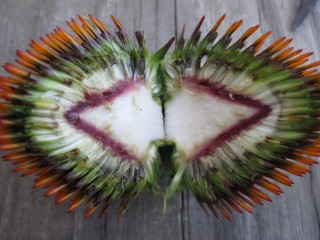 Winter Health~ Preventive Care and Comfort Measures: Learn how to build strong immune health before the cold and flu season hits by incorporating simple preventive measures, utilizing tonic herbs and stocking up on nutritious foods in the kitchen. We’ll also discuss what to have on hand for acute symptoms of a cold and comfort measure for fever, coughs and sniffles. An additional emphasis on children’s health will be included. Abundant handouts and hot tea will be provided. Wed. Oct. 3, 6pm. Cost: $30
Winter Health~ Preventive Care and Comfort Measures: Learn how to build strong immune health before the cold and flu season hits by incorporating simple preventive measures, utilizing tonic herbs and stocking up on nutritious foods in the kitchen. We’ll also discuss what to have on hand for acute symptoms of a cold and comfort measure for fever, coughs and sniffles. An additional emphasis on children’s health will be included. Abundant handouts and hot tea will be provided. Wed. Oct. 3, 6pm. Cost: $30
For more information about Susan, the ‘Farm at Coventry’ herbal product line, ‘Homestead Herbalism’ first and second year courses on the farm and 2012 Herbal Hands workshops please visit www.FarmatCoventry.com. To register for these classes at Blooming Glen Farm, click here. Pre-registration, with payment, is required. Contact Susan directly if you would like to register for all seven classes, and receive one for free. Questions? Please call Susan at 610-587-7301 or email farmatcoventry@aol.com
Susan Hess is a 1996 graduate of the prestigious Herbal Therapeutics School of Botanical Medicine’s 2-year Herbal Practitioner’s Program in Washington, NJ. (Currently called David Winston’s Center for Herbal Studies.) She has also completed the schools 1-year Graduate program and studied extensively with director and ethnobotanist, David Winston AHG (Professional Member of the American Herbalist Guild). In the past 15 years she has used her skills and training in the natural food industry and as a sales associate for Herbalist & Alchemist, Inc. of Washington, NJ. Susan is qualified to consult with practitioners, retail stores and private individuals on the proper uses of medicinal herbal products. In 2000, Susan completed a clinical training at the Wellsprings Centre for Natural Healing in Fairfield, Connecticut with noted herbalists, Donald Yance, MH, CN, AHG (author of best-selling “Herbal Medicine, Healing and Cancer”) and Chanchal Cabrera, MINMH, AHG. She has also completed one year of apprentice studies with Jennifer Tucker, a well-known herbalist and author from Spring Mills, PA. To keep abreast of current herbal information, Susan regularly attends conferences and lectures throughout the Northeast.





